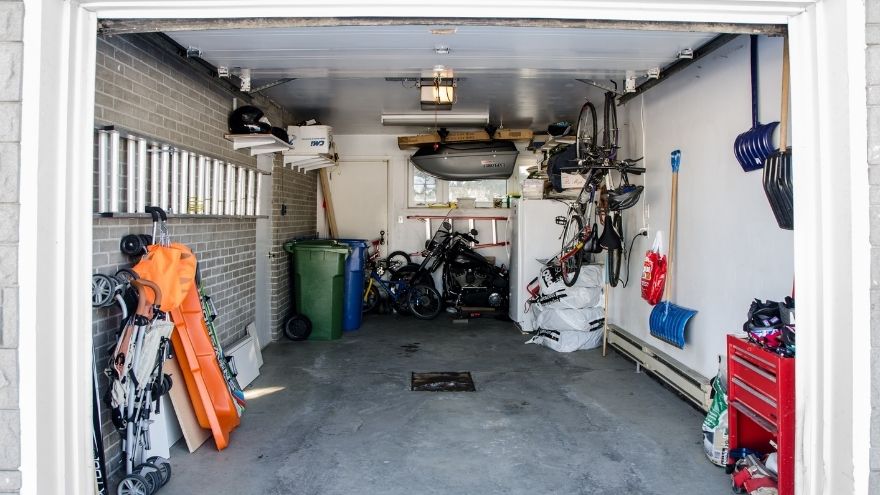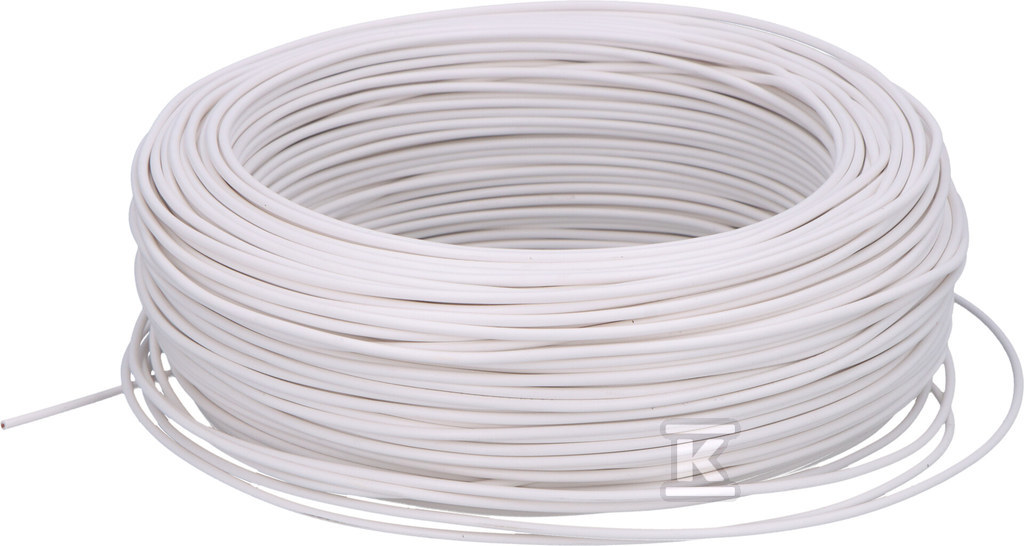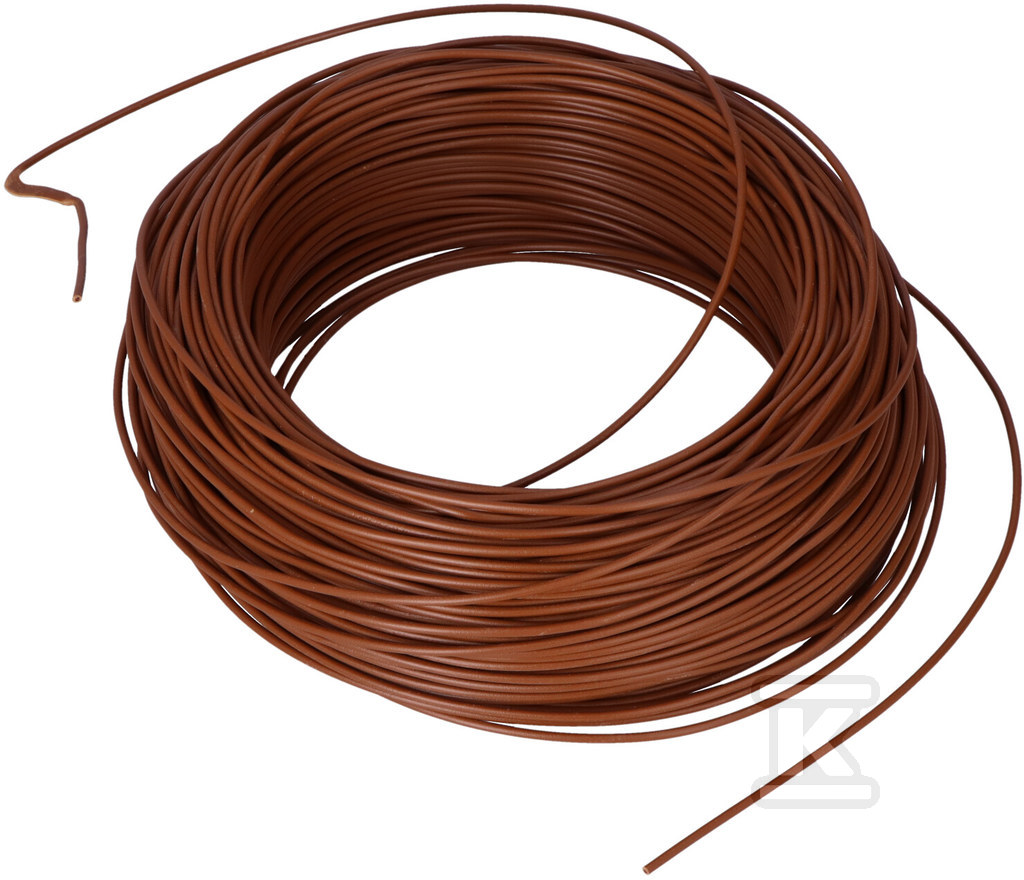It is hard to imagine a garage without an electrical installation. Many people spend a significant part of their free time in garages, even after dark, and use various tools powered by electricity. How to choose electrical cables and wires for a given type of garage? How to properly run the electrical installation in the facility? And how to properly plan sockets and lighting? You will find answers to these and other questions about garage electrical in this guide.

Check the installation cables at the Onninen wholesaler
Selection of electrical solutions depending on the type of garage
The electrical installation should be adapted to the type of garage. The most advantageous situation is for owners of garages that are part of a building (e.g. a single-family house) equipped with an electrical installation. This can be used to connect the garage to the network. On the other hand, for a detached garage, it is recommended to make a new electrical installation. Some will say that you can use a regular extension cord... However, after another trip over a tangle of cables, most people are convinced to at least a simple electrical installation.
 It should be remembered that in accordance with § 102. Regulation of the Minister of Infrastructure of 12 April 2002 on technical conditions that buildings and their location should meet, a brick garage must be equipped with an electrical lighting installation. In brick garages, flush-mounted installations are most often made, which means that cables are laid under the surface of the walls and ceilings. This is an aesthetic option and safer for the cabling, but quite expensive due to the more complicated installation.
It should be remembered that in accordance with § 102. Regulation of the Minister of Infrastructure of 12 April 2002 on technical conditions that buildings and their location should meet, a brick garage must be equipped with an electrical lighting installation. In brick garages, flush-mounted installations are most often made, which means that cables are laid under the surface of the walls and ceilings. This is an aesthetic option and safer for the cabling, but quite expensive due to the more complicated installation.
Electrical solutions selected for a sheet metal garage should be weatherproof or properly secured. In order to protect the surface-mounted installation (typically used in sheet metal garages), cable ducts are used to lay cables. Lamps, sockets and switches also require protection. In addition, special care should be taken to plan the grounding.
Proper protection of cables and devices against moisture is also necessary in a wooden garage. Additionally, in a wooden building, cables should be placed in protective pipes that are non-flammable and do not spread flame.
How to properly install electrical equipment in a garage?
 Even a simple electrical installation should be started with the preparation of a project (diagram). It should include, first of all:
Even a simple electrical installation should be started with the preparation of a project (diagram). It should include, first of all:
- planned network load and protection of electrical circuits adapted to the load,
- grounding system,
- number, type and location of sockets,
- number of light points and the location of switches and lamps.
In addition, the investor must decide on the type of installation – surface-mounted vs. flush-mounted. The type of garage, the budget and the investor’s individual preferences are taken into account. Owners of heated garages have freedom of choice in this regard.
Please note that power cables are required to connect electricity to a detached garage. Their installation requires obtaining permission from the power company.
Proper arrangement of sockets and lighting in the garage
 Properly arranging sockets and lighting in the garage has a significant impact on the functionality and comfort of using the facility. It is worth placing sockets at the entrance and in such places that allow free use of the worktop and power tools and conveniently charge devices (i.e. preferably around the entire perimeter and at different heights).
Properly arranging sockets and lighting in the garage has a significant impact on the functionality and comfort of using the facility. It is worth placing sockets at the entrance and in such places that allow free use of the worktop and power tools and conveniently charge devices (i.e. preferably around the entire perimeter and at different heights).
In garages, a three-phase installation is useful because it allows for the connection of powerful construction and garden equipment equipped with a power cable. A double power socket with an increased IP protection degree will work perfectly in the garage. On the other hand, the garage lighting plan should include at least one general (ceiling) light source and several additional light points in work areas.
We invite installers and other professionals from the electrical industry to familiarize yourself with our wholesale offer. Our assortment includes cables and wires of all types: from control and signal cables, through installation cables , to telecommunications cables.